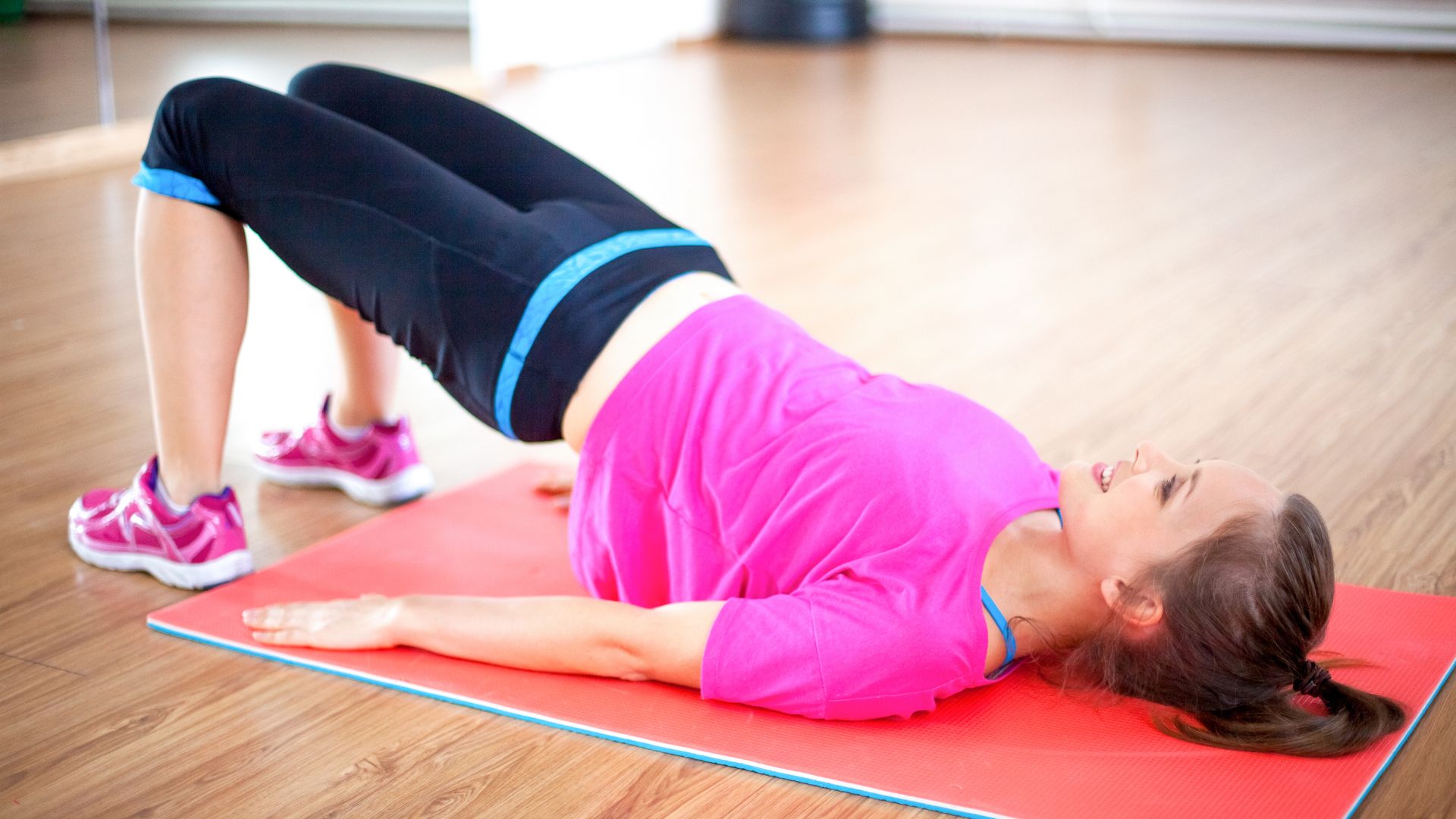As a doctor specializing in women’s health, I often recommend Kegel exercises for strengthening the pelvic floor. Yet, many patients find them awkward or difficult to perform correctly. If you’re looking for pelvic floor exercise alternatives that are both effective and easy to incorporate into your daily routine, you’ve come to the right place.
1. Bridge Pose (Pelvic Lift)
The Bridge Pose isn’t just for yoga enthusiasts—it’s a wonderful way to engage your pelvic floor muscles without sitting still.
- How to do it: Lie on your back with knees bent and feet flat on the floor, hip-width apart. Press through your heels to lift your hips upward, squeezing your glutes and pelvic floor as you ascend. Hold for 3–5 seconds, then slowly lower.
- Benefits: This move activates the glutes, hamstrings, and core while gently working the same muscles targeted by Kegels, improving pelvic floor strength and reducing urinary incontinence.
2. Squats
Squats are a compound exercise that naturally engages your pelvic floor and core.
- How to do it: Stand with feet shoulder-width apart. Bend at the hips and knees to lower into a squat, as if sitting back into a chair. Keep your chest lifted and knees aligned over ankles. Press through your heels to return to standing.
- Benefits: Squats strengthen the glutes, quadriceps, and deep pelvic floor muscles, helping to support pelvic organs and improve bladder control.
3. Bird Dog
The Bird Dog is a gentle core exercise that also tones your pelvic floor.
- How to do it: Start on all fours with wrists under shoulders and knees under hips. Extend your right arm forward and left leg back, maintaining a neutral spine. Hold for 3–5 seconds, squeezing your pelvic floor, then switch sides.
- Benefits: This move enhances core stability, improves posture, and recruits pelvic floor muscles in a functional, low-impact way.
4. Pilates Pelvic Tilt
Pilates exercises are renowned for core strengthening and pelvic floor benefits.
- How to do it: Lie on your back with knees bent. Gently flatten your lower back into the floor by tilting your pelvis upward, engaging your abdominal muscles and pelvic floor. Hold briefly, then release.
- Benefits: Pelvic tilts teach you to engage your deep core and pelvic floor in harmony, which can reduce pelvic pain and improve posture.
5. Yoga Malasana (Garland Pose)
Garland Pose, or a deep squat in yoga, is another accessible alternative.
- How to do it: Stand with feet wider than hip-width. Squat down, bringing your hips as close to the ground as possible. Press your elbows into the inner knees and lengthen your spine. Breathe deeply and hold for 20–30 seconds.
- Benefits: This position stretches the inner thighs and hip muscles while gently engaging the pelvic floor, improving flexibility and pelvic health.
Tips for Success
- Consistency is key: Aim for these exercises 3–4 times per week.
- Listen to your body: Start slowly and increase repetitions as your pelvic floor strength improves.
- Combine with biofeedback: Consider a guided pelvic floor therapy session for personalized feedback.
Final Thoughts
While Kegel exercises remain a gold standard, these alternatives can make pelvic floor strengthening more accessible and enjoyable. Incorporating bridge poses, squats, Bird Dog, Pilates pelvic tilts, and Malasana yoga into your routine can significantly enhance your pelvic health and reduce urinary leakage. Always consult your healthcare provider before starting any new exercise regimen, especially if you have existing pelvic floor disorders or pain.
Have you tried any of these alternatives? Share your experiences or ask questions below!



